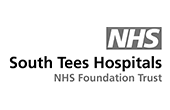Based in Marseille, France, we develop and market innovative medical devices in the fields of anesthesia and intensive care. Our products are used worldwide in operating rooms and intensive care units.
Our fields of application

Analgesia
In ICU and Operating Theater, the AlgiScan is a non-invasive monitoring system which provides the patient’s analgesia level in a few seconds.

IDMED has developped a range of devices to monitor the patient’s level of neuromuscular blockade and recovery with accuracy and objectivity.

The NeuroLight offers an accurate and reproducible way to measure the patient’s pupil size and reactivity providing a fine-tuned analysis of the photomotor reflex.
IDMED
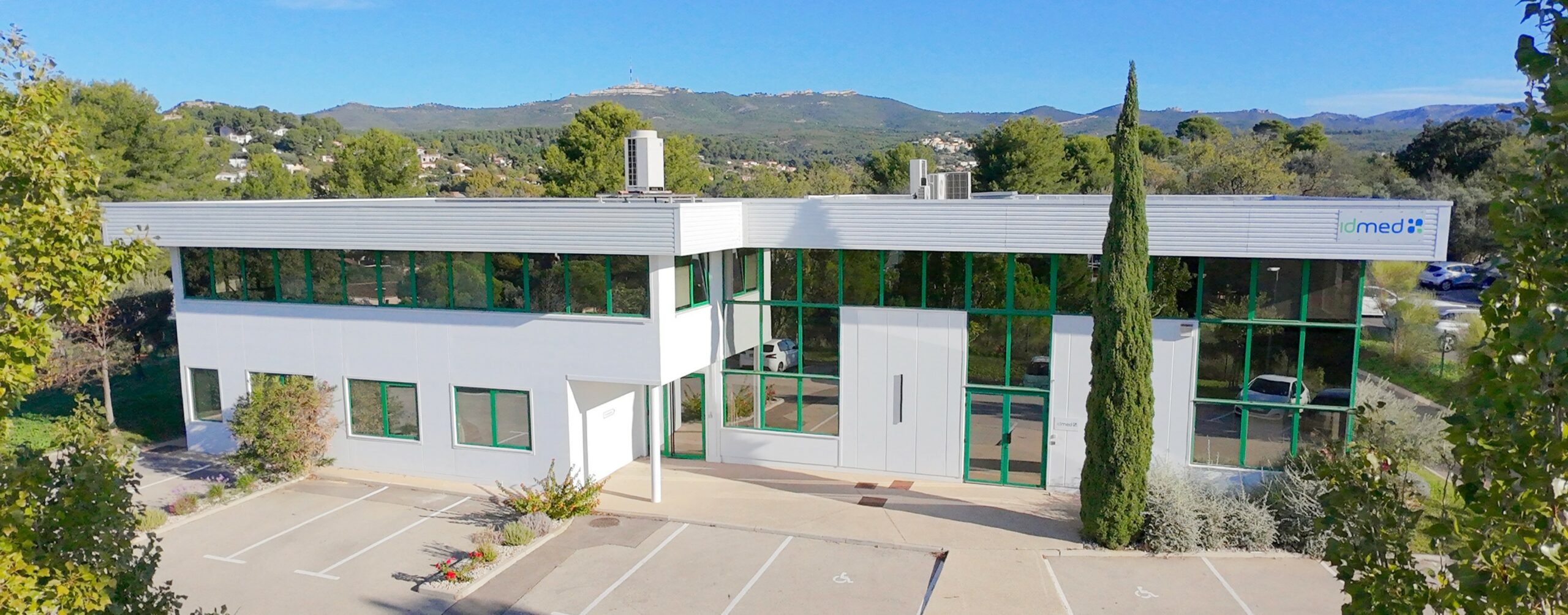
IDMED, a French company based in Marseille, develops and markets innovative medical devices in the fields of anesthesia and intensive care. Our products are used worldwide in operating theaters, intensive care units, neuro-ophthalmological consultations and research laboratories.
Our products are commonly used in the areas of pupillometry, neuromuscular blockade monitoring and analgesia monitoring.
The WiTOF® is positioned as a wireless NMT station that helps pilot the depth of neuromuscular block in real time.
The NeuroLight® provides accurate and reliable pupil size and reactivity measurement of patient’s to fine tune the neurological diagnostic in Intensive care units.
ToFscan® is a Neuromuscular Blockade Monitor using three-dimensional sensors. No calibration required before use.
The AlgiScan® utilises pupillometry technique for the measurement of the pupillary dilation reflex which indicates the patient’s level of analgesia to the anesthetist.
IDMED develops products in collaboration with healthcare professionals. Innovation, reliability and relevance are the core qualities of our devices. We put our technical knowledge to the service of an improved everyday clinical practice.
Our fields of application:
- Anesthesiology
- Intensive care
- Follow-up of neuropathies
- Pharmacology
- Pain assessment of non-communicating patients
IDMED, a French company based in Marseille, develops and markets innovative medical devices in the fields of anesthesia and intensive care. Our products are used worldwide in operating theaters, intensive care units, neuro-ophthalmological consultations and research laboratories.
Our products are commonly used in the areas of pupillometry, neuromuscular blockade monitoring and analgesia monitoring.
The WiTOF® is positioned as a wireless NMT station that helps pilot the depth of neuromuscular block in real time.
The NeuroLight® provides accurate and reliable pupil size and reactivity measurement of patient’s to fine tune the neurological diagnostic in Intensive care units.
ToFscan® is a Neuromuscular Blockade Monitor using three-dimensional sensors. No calibration required before use.
The AlgiScan® utilises pupillometry technique for the measurement of the pupillary dilation reflex which indicates the patient’s level of analgesia to the anesthetist.
IDMED develops products in collaboration with healthcare professionals. Innovation, reliability and relevance are the core qualities of our devices. We put our technical knowledge to the service of an improved everyday clinical practice.
Our fields of application:
- Anesthesiology
- Intensive care
- Follow-up of neuropathies
- Pharmacology
- Pain assessment of non-communicating patients

IDMED DATA
daily users

partners

distributors

coffee capsules per year
IDMED WORLDWIDE
Our product range market availability differs for each country. Please contact us to know which product is available in your country.
Our employees and distributors are at your service to meet your needs and the needs of your patients.
![]() Distributeurs implantés
Distributeurs implantés
*Distributors located
![]() Distributeurs en cours d’implantation
Distributeurs en cours d’implantation
*Distributors being implemented
Eco-friendly company

We are an
eco-friendly company

Open ended choice of
disposable or reusable material

Cost
control

Short production
cycle
PUBLICATIONS
they trust us

CONTACT US :




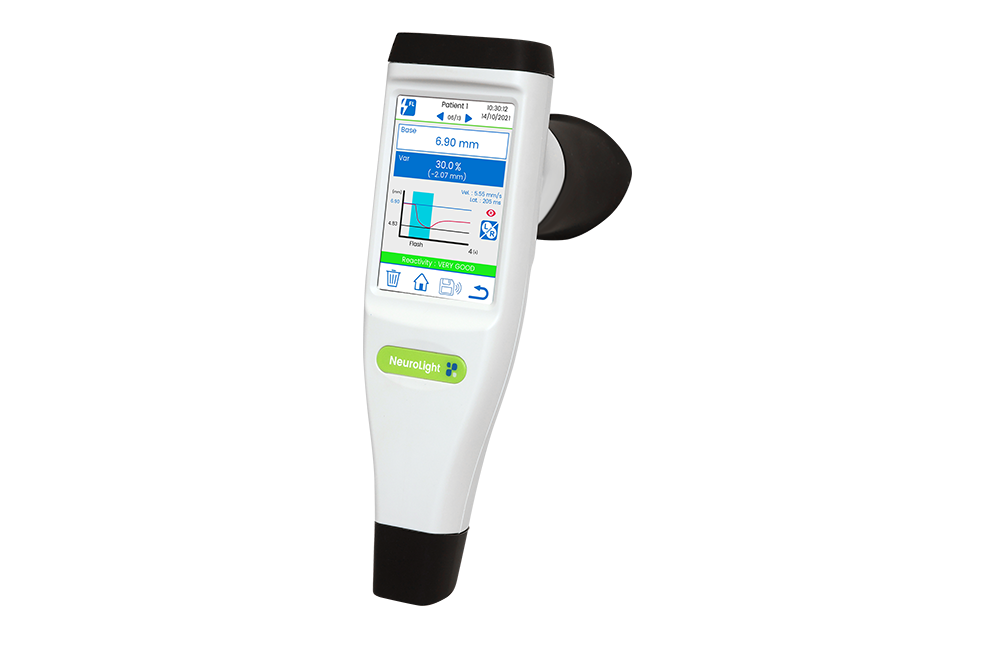
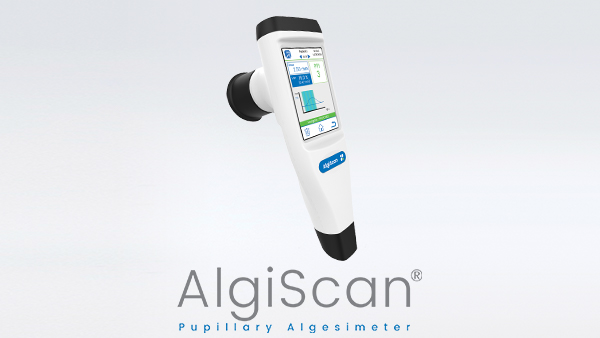
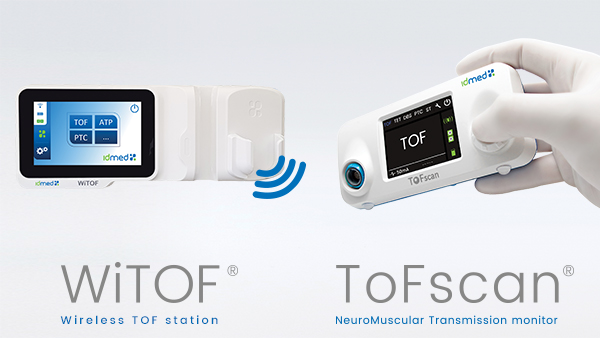
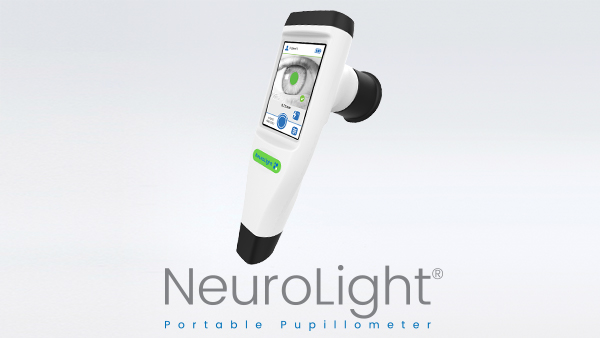

 CONTACT
CONTACT









